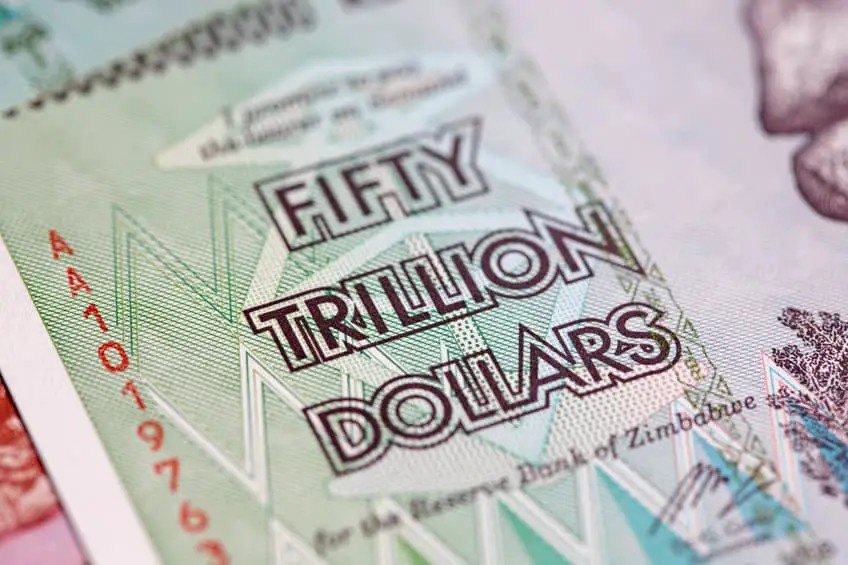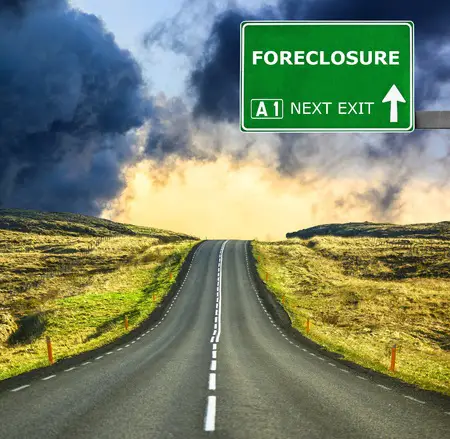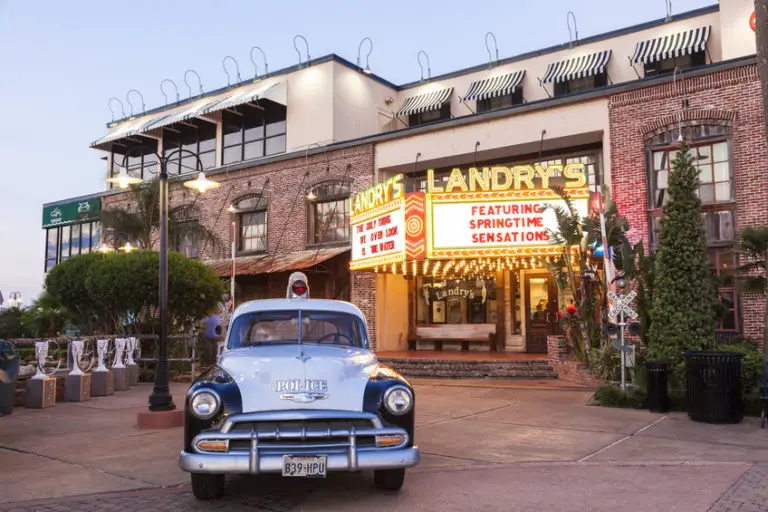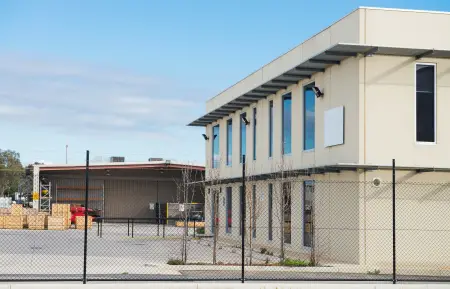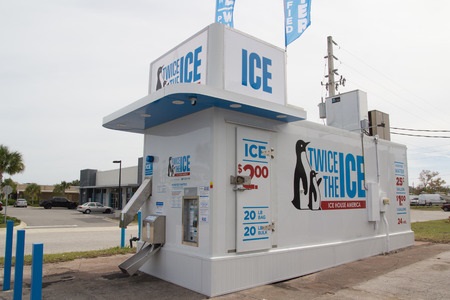What is the Best Investment During Hyperinflation?
After years of very little inflation, high inflation reared its ugly head in the U.S. starting in mid-2021.
Instead of around 2% annual inflation, suddenly the U.S. was being hit with 5-6% annualized inflation, with some items going up much more than that.
It wasn’t just financial assets like real estate and stocks that were soaring. The cost of groceries, gas, rent, services, etc. were shooting up.
While it is painful to have to pay $220 for groceries that only cost $200 last year, it doesn’t even begin to compare with the financial disaster that occurs when hyperinflation hits your economy.
What is Hyperinflation?
Hyperinflation is defined as inflation occurring at a very high rate. It might be 50% a month, or in the most extreme cases, it could be 1 billion % a month or more.
Even on the low end, with 50% monthly inflation, groceries that cost $200 one month, would cost $300 the next month, $450 the next month, $675 the next month, $1012.50 the following month, and so on.
Hyperinflation is generally caused by a government irresponsibly printing money to pay its expenses. At some point, if the government is spending $5 trillion per year, but only bringing in $2 trillion in revenue, it will run out of creditors willing to buy its bonds to finance the $3 trillion deficit.
Unwilling to radically cut its spending, the government will resort to simply printing more money.
This action will make each existing dollar worth less and less. Over time, the inflation rate will typically accelerate as people lose confidence in the dollar and move their wealth and income into other assets and currencies.
Where Has Hyperinflation Happened Before?
Hyperinflation has occurred in a variety of different countries in the last 300 years.
Venezuela has experience hyperinflation in the last few years thanks to the morally bankrupt leadership of Hugo Chavez and Nicolas Maduro.
Zimbabwe had one of the worst hyperinflation episodes ever recorded in 2007 and 2008 before it abandoned its currency altogether.
The decline of the Soviet Union and fall of the Iron Curtain helped bring on hyperinflation in Eastern European countries like Yugoslavia, Bulgaria, Kazakhstan, and Belarus, not to mention Russia itself in the 1990’s.
South American countries like Argentina, Peru, Brazil and Chile have all had hyperinflationary periods in the 1980’s-1990’s timeframe.
The list goes on and on. Even the U.S. experienced hyperinflation during the Civil War.
How Do People React to Hyperinflation?
At a high level, people try to get their money out of their currency and into hard assets.
For many people, this means rushing to the grocery store on payday to buy everything they can get their hands on. They also try to convert their increasingly worthless money into a foreign currency.
For people that receive a larger amount of money, it might be buying cars, buying real estate, buying a farm or some type of machinery or equipment.
Hyperinflation wipes out people’s life savings if their life savings consists of money in the bank, or financial instruments that pay a fixed amount like bonds or annuities.
It also causes massive suffering, starvation, severe economic disruptions, etc. but we will save that discussion for another day.
The Best Investment is a Single Family Residence with a High Mortgage Balance
Mortgage rates for the time being are very low (2-3%). A conforming mortgage typically is made with just 20% down.
Let’s say someone buys a house for $1 million and puts 20% down ($200,000). Let’s also say that a brand new basic Ford F-150 truck costs about $50,000. So they put down 4 trucks worth of money for an asset worth 20 trucks, and they financed the rest. Their payment is about $3500 a month, not including taxes and insurance.
Now let’s say their is hyperinflation and inflation hits 50% a month. Within one year, the hypothetical Ford F-150 price goes from $50,000 to $4.3 million. If the value of the house goes up and exactly the same inflation rate, it will be worth $86.5 million.
But the value of the mortgage is still just under $800,000 as it has amortized slightly. And making a $3500 payment in the hyperinflated dollars feels like paying $1.71.
So one year later, your loan has gone from being 80% of the value of the asset, down to less than 1%. Your home is still only worth about 20 Ford F-150’s but your loan is worth less than 1/5 of 1 truck.
Meanwhile, monthly rents for similar homes might have gone from $5000 to over $400,000 a month if they kept pace with inflation.
Even if a politician enacted rent control or they stopped paying rent on a similar home, at some point they will exit the home with nothing.
What About Commercial Real Estate?
Yes, if your company occupies commercial real estate or you are able to rent it to someone else, you do benefit from the same principal of any loans becoming worthless.
However, generally most commercial real estate loans adjust every five years to some margin over the current LIBOR or interbank interest rate.
Once inflation gets to an uncomfortably high level for banks, perhaps high single digits or the teens, they will likely stop offering loans that are fixed for any period of time. This is on top of other non-inflation related guidelines like looking at you and/or your tenant’s financial picture, operating history and remaining lease term prior to extending any loan.
So while commercial real estate does still work as an inflation hedge, it is much trickier to time it correctly and not get caught with a balloon payment coming due and no way to refinance it.
What About Stocks?
Stocks act in a complicated fashion during hyperinflation. On one hand, companies should continue to make money and just sell their products for more money over time, keeping up with the inflation.
Maybe they would even benefit because a company that sold cups of coffee for instance, might be able to buy the coffee beans at a low price then sell the actual cup of coffee for a much higher inflated price.
However, the reality is that the government is typically filled with idiots like Elizabeth Warren or Nicolas Maduro that blame greedy corporations for the rising prices.
The governments then institute price controls that make it impossible for a company to make a profit. So the companies stop producing anything that is price controlled.
Lengthy lines form at grocery stores and goods are rationed. It is a disaster.
Also, financing anything becomes practically impossible and the economy typically goes into a tailspin. Money and people may attempt to flee the country and their might be civil disorder.
So be careful about which stocks you buy as there may not be many companies that truly thrive in a hyperinflationary economy.
Most companies will be hurt at varying degrees.
What About TIPS?
Treasury Inflation Protected Securities (TIPS) are supposed to be hedged against inflation, but do not adjust fast enough to keep up with hyperinflation.
They only pay twice a year so, for instance, an April 1 payment is based on inflation measured in January. Three to four months is enough time to wipe out most of the value of the dollar.
Additionally, your counterparty in this hypothetical scenario is the government that was responsible for causing the hyperinflation. They cannot be trusted and might default or penalize you in some other way.
What About Crypto?
Who knows? It’s never been widely used in a country and thus tested in a hyperinflationary period. Maybe it will hold its value or maybe it will become worthless since no government backs it.
What About Other Investments?
Potentially any investment bought with borrowed money is a good investment as long as the asset remains valuable. The reason being is that the investment will hold its value while the loan becomes completely worthless.
The loan has to have a fixed rate, however, at least for an extended period of time.
So something like a levered ETF that relies on money borrowed at a variable interest rate, would not benefit from the loan being wiped out. Instead, its interest rate would adjust up at an insanely high rate or the loan would be called.
On the other hand, any asset you bought with a fixed rate, long-term loan would benefit.
Examples would include solar panels, small businesses (like a niche website) or business assets bought with a fixed rate SBA loan, a food truck bought with a fully amortizing fixed rate car loan, or an ice vending machine financed with a fixed rate equipment loan.
The key with any other investment, however, is that it maintains it’s economic value until the hyperinflation ends (typically in less than 2 years) and the economy becomes fully functional again.
